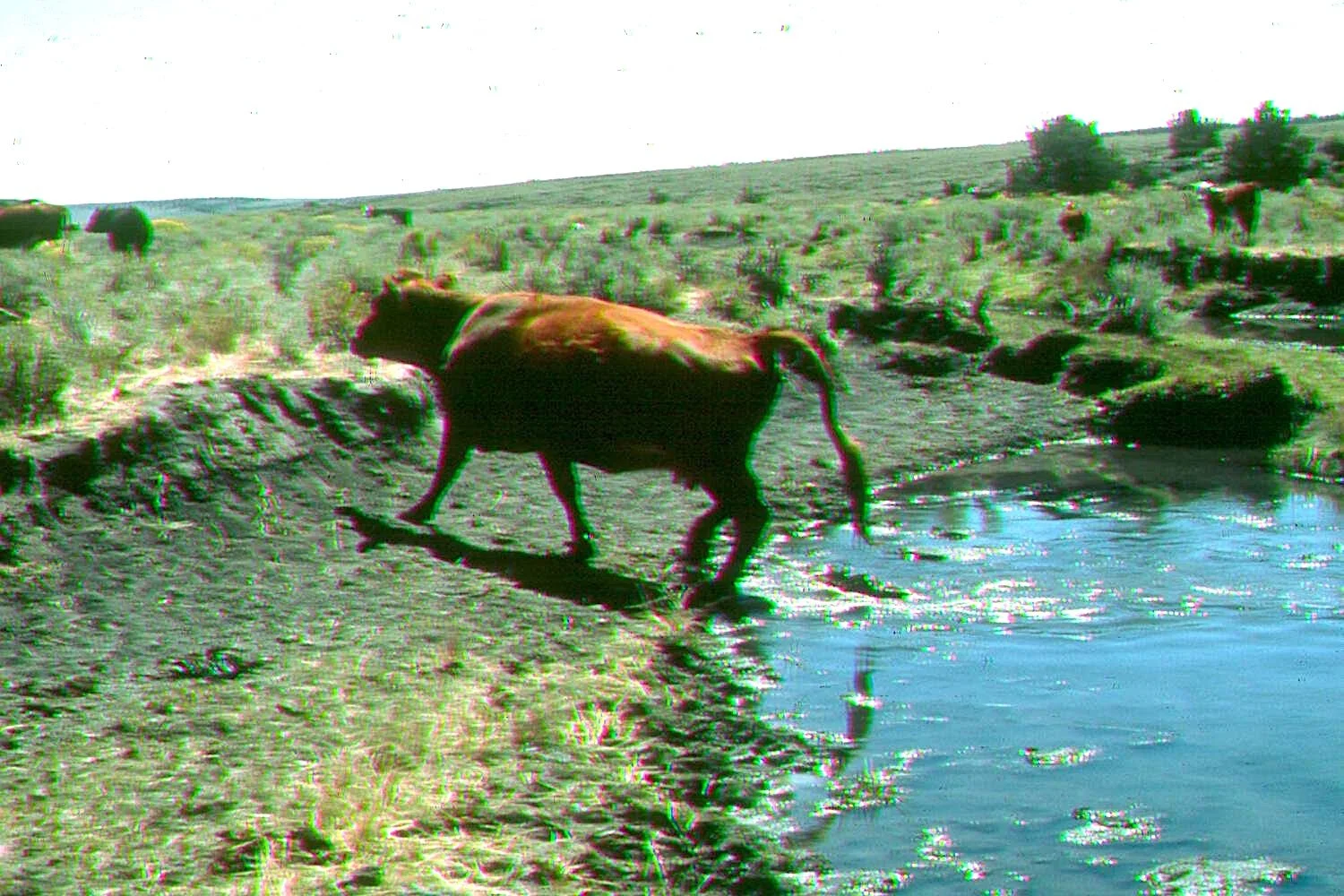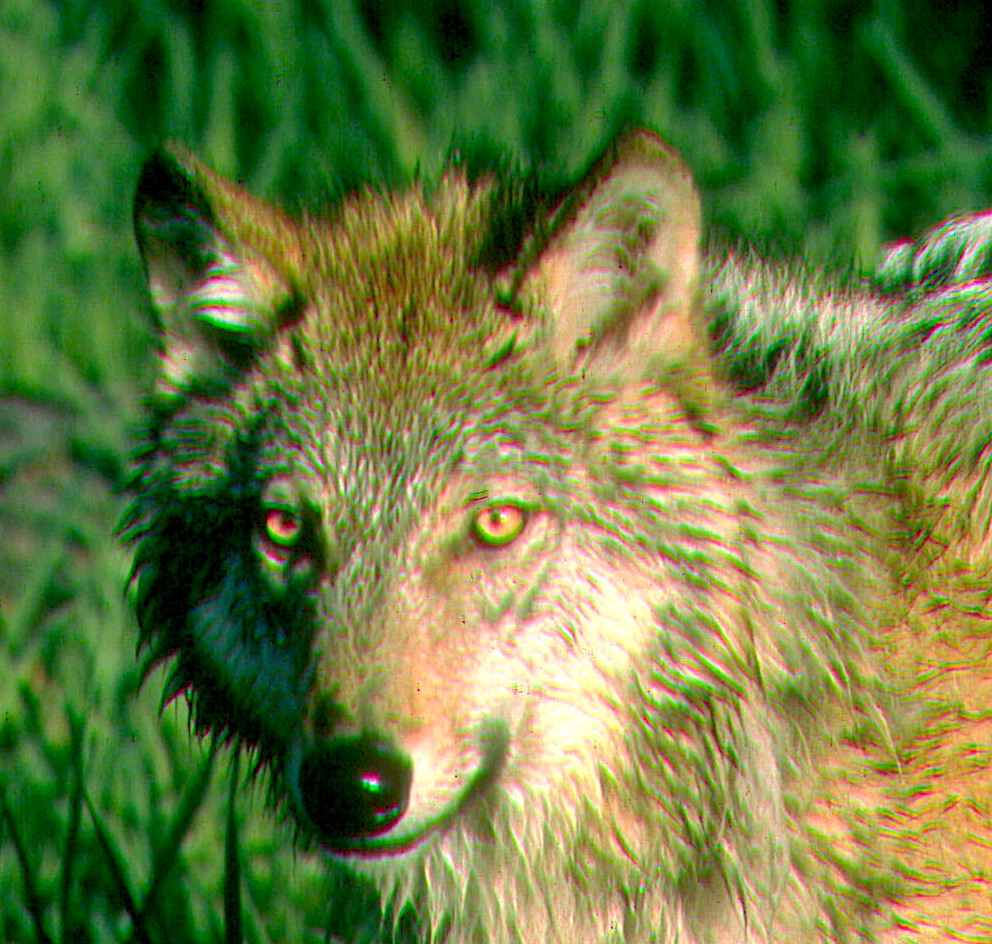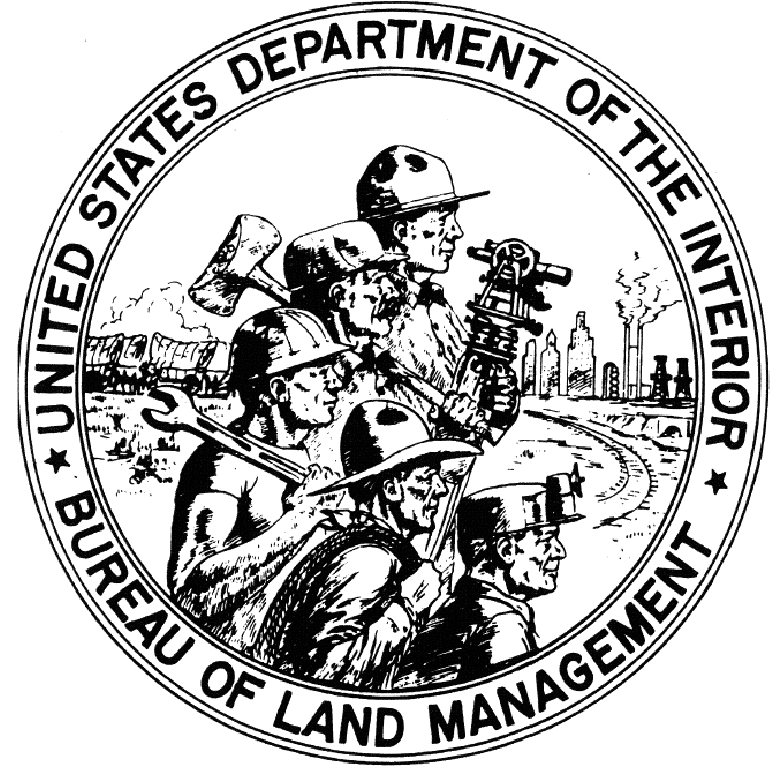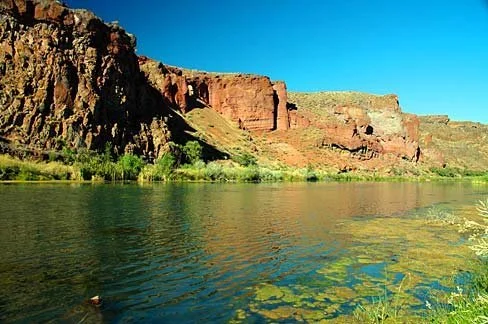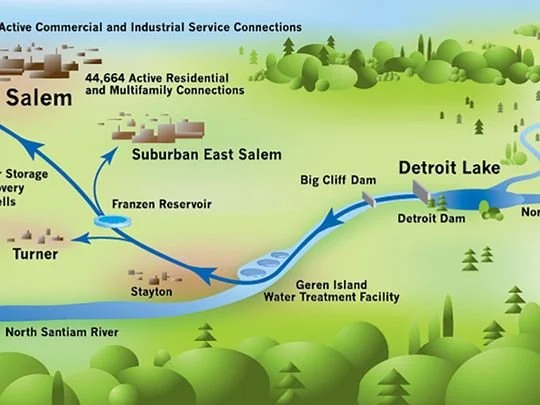Sort By Category
- 30x30
- Administration
- Antiquities Act
- Book Reviews
- Bureau of Land Management
- Climate Change
- Climate change
- Coasts
- Congress
- Counties & Federal Lands
- Courts
- Courts & Litigation
- Department of Agriculture
- Department of Interior
- Deserts
- Ecological Reserves
- Ecosystems
- Elections
- Endangered Species
- Energy
- Estuaries
- Federal Lands
- Fish
- Fish and Wildlife Service
- Forest
- Forest Fires
- Forest Service
- Forestry
- Forests
- Grasslands
- Land & Water Cons. Fund
- Land & Water Conservation Fund
- Legislation
- Litigation
- Livestock Grazing
- Marine Protected Areas
- Marine Sanctuaries
- Mature & Old-Growth Forests
- Mature and Old-Growth Foresrts
- Mining
- Nat'l Conservation Lands
- National Forest System
- National Marine Sanctuaries
- National Monuments
- National Monuments Act
- National Park Service
- National Park System
- National Parks
- National Recreation Area
- National Scenic Area
Sort By Tag
- 1002 area
- 30x30
- 5th Amendment
- ANWR
- Acadia National Park
- Adam Smith
- Administrative Procedure Act
- Advancing Conservation and Education Act
- Alan Bates
- Alan Deboer
- Alaska
- Alaska National Interest Lands Act
- Alaska Native Claims Settlement Act
- Aldo Leopold
- American Forest Resource Council
- American Prairie Reserve
- American Tree Farm System
- American beef supply
- American black duck
- American woodcock
- Ammon Bundy
- Ancient Forest National Park
- Anders Eskil Carlson
- Andrea Salinas
- Andrew N. Gray
- Andy Kerr
- Animal unit month
- Ansel Adams
- Antiquities Act
- Applegate Primitive Backcountry Area
- Aqua Fria National Monument
- Aquatic Conservation Strategy
- Aquatic Conservation and Riparian Strategy
- Arches National Monument
- Arches National Park
- Arctic National Wildlife Refuge
- Areas of Critical Environmental Concern
- Army Corps of Engineers
- Association of O&C Counties
- Astoria Canyon
- Astoria Fan
- Atlantic Coast
- Augusta Canal NHA
- Avarna Group
- Avi Kaw Ame
- BLM Conservation Rule
- BLM Zone 3 Lands
- BOEM Oregon Planning Area
- Baboquivari Peak Wilderness
- Baker County
Wyden’s Unilateral Public Lands Livestock Grazing Giveaway
Senator Wyden is cosponsoring legislation that would give blank checks and get-out-of-jail-free cards to all BLM grazing permittees and lessees.
Welcoming Back Pumas to the Eastern United States
Scientists have identified seventeen areas in the eastern US suitable for the recolonization of Puma concolor. Will humans allow it?
Retiring Grazing Permits, Part 3: Future of the Voluntary Retirement Option
This is the third of a three-part exploration of retiring permits for grazing on federal public lands. Part 1 examined the state of the public lands grazing industry and made the case for the equitable end to abusive livestock grazing on public lands. Part 2 reviewed the history of congressional and other actions to facilitate retirement of federal grazing permits. Part 3 speculates on the future of this conservation tool.
Retiring Grazing Permits, Part 2: History of the Voluntary Retirement Option
This is the second of a three-part exploration of retiring permits for grazing on federal public lands. Part 1 examined the state of the public lands grazing industry and made the case for the equitable end to abusive livestock grazing on public lands. Part 2 reviews the history of congressional and other actions to facilitate retirement of federal grazing permits. Part 3 will speculate on the future of this conservation tool.
Retiring Grazing Permits, Part 1: Context and Case for the Voluntary Retirement Option
This is the first of a three-part exploration of retiring permits for grazing on federal public lands. Part 1 examines the state of the public lands grazing industry and makes the case for the equitable end to abusive livestock grazing on public lands. Part 2 will review the history of congressional and other actions to facilitate retirement of federal grazing permits. Part 3 will speculate on the future of this conservation tool.
Malheur County Federal Land Legislation Take 4, Part 2: The Ugly, the Missing, and the Alternative
As it’s a complex piece of policy and politics, this is the second of two parts, the first of which was published last week. Part 1 analyzed the legislation in terms of the good, the bad, and the whatever. This Part 2 will analyze the ugly and the missing, and suggest an alternative.
Malheur County Federal Land Legislation Take 4, Part 1: The Good, the Whatever, and the Bad
With a few critical tweaks, Senator Wyden’s legislation could be a net gain for the conservation of nature for the benefit of this and future generations. Without those tweaks, the bill as drafted is an existential threat to the conservation of federal public lands and should not be enacted into law.
The BLM’s Proposed “Conservation” Rule: Open for Comments
The nation’s largest land manager is proposing a new “conservation” rule that might result in improved land management but more likely will serve as a shield for the agency to continue to degrade public lands at the expense of this and future generations.
Book Review: Our Common Ground: A History of America’s Public Lands
Understanding the history of public lands is useful if one is to be the best advocate for the conservation of public lands.
Senator Wyden’s Owyhee Wilderness, and More, Legislation
This third try may be the charm in Senator Wyden’s long effort to enact public lands legislation to conserve wildlands in the Owyhee and lower Malheur Basins in Oregon.
Where’s the Beef?
A huge amount of federal land is dedicated to domestic livestock grazing to produce a very small amount of feed and forage for the nation’s beef and lamb supply.
Udall-Heinrich Bill Would Emasculate the Wild and Scenic Rivers Act
Legislation introduced by New Mexico’s two Democratic US senators would severely undermine the integrity of the National Wild and Scenic Rivers System (NWSRS). Yes, S.3670 has some good provisions, but it also has some bad and downright ugly provisions.
L’Affaire Malheur, Part 2: Backstory and Analysis
This is the second of a two-part Public Lands Blog post. Part 1 examined the specifics of legislation that is an existential threat to more than four million acres of federal public lands in Oregon’s Malheur County. Part 2 provides backstory and analysis pertaining to the legislation.
L’Affaire Malheur, Part 1: The Proposed Legislation
This is the first of a two-part Public Lands Blog post. Part 1 examines the specifics of legislation that is an existential threat to more than four million acres of federal public lands in Oregon’s Malheur County. Part 2 will provide backstory and analysis pertaining to the legislation.
Cow-Bombing the World’s Largest Organism
The largest organism on Earth is one quaking aspen clone with more than forty-seven thousand stems (trees). This organism is being cow-bombed and otherwise abused. The cow-bombing, if not stopped, might well eventually result in the demise of the organism. As goes this singularly large quaking aspen clone, so may go the rest of the quakies in the American West.
Where the Buffalo Roam
The American Prairie Reserve is big, bold, beautiful, and outside the box. It is being assembled by the eponymous conservation organization in a generally inside-the-box way. The organization is buying ranches from willing sellers and continuing to pay the property taxes. It is continuing to lease state and federal lands for grazing and paying the grazing fees.
Lessons from Salem: Protecting Local Drinking Water Supplies
As of the end of June this year, four health advisory alerts had been issued this summer for Detroit “Lake” (it is actually an impounded river more accurately called a reservoir) on the North Santiam River.
Trump Pardons Abusers—Of Public Lands, Public Officials, and a Child
Today, President Donald J. Trump signed Executive Grants of Clemency (Full Pardons) for Dwight Lincoln Hammond, Jr., and his son, Steven Hammond. The Hammonds are multi-generation cattle ranchers in Oregon imprisoned in connection with a fire that leaked onto a small portion of neighboring public grazing land. The evidence at trial regarding the Hammonds’ responsibility for the fire was conflicting, and the jury acquitted them on most of the charges.
Leave It to Beavers: Good for the Climate, Ecosystems, Watersheds, Ratepayers, and Taxpayers (Part 2)
This is the second part of a two-part series. Part 2 examines the economics of using beavers to both mitigate and adapt to climate change.
Leave It to Beavers: Good for the Climate, Ecosystems, Watersheds, Ratepayers, and Taxpayers (Part 1)
This is the first part of a two-part series. Part 1 examines the ecosystem and watershed benefits of beavers. Part 2 will examine the economics of using beavers to both mitigate and adapt to climate change.
